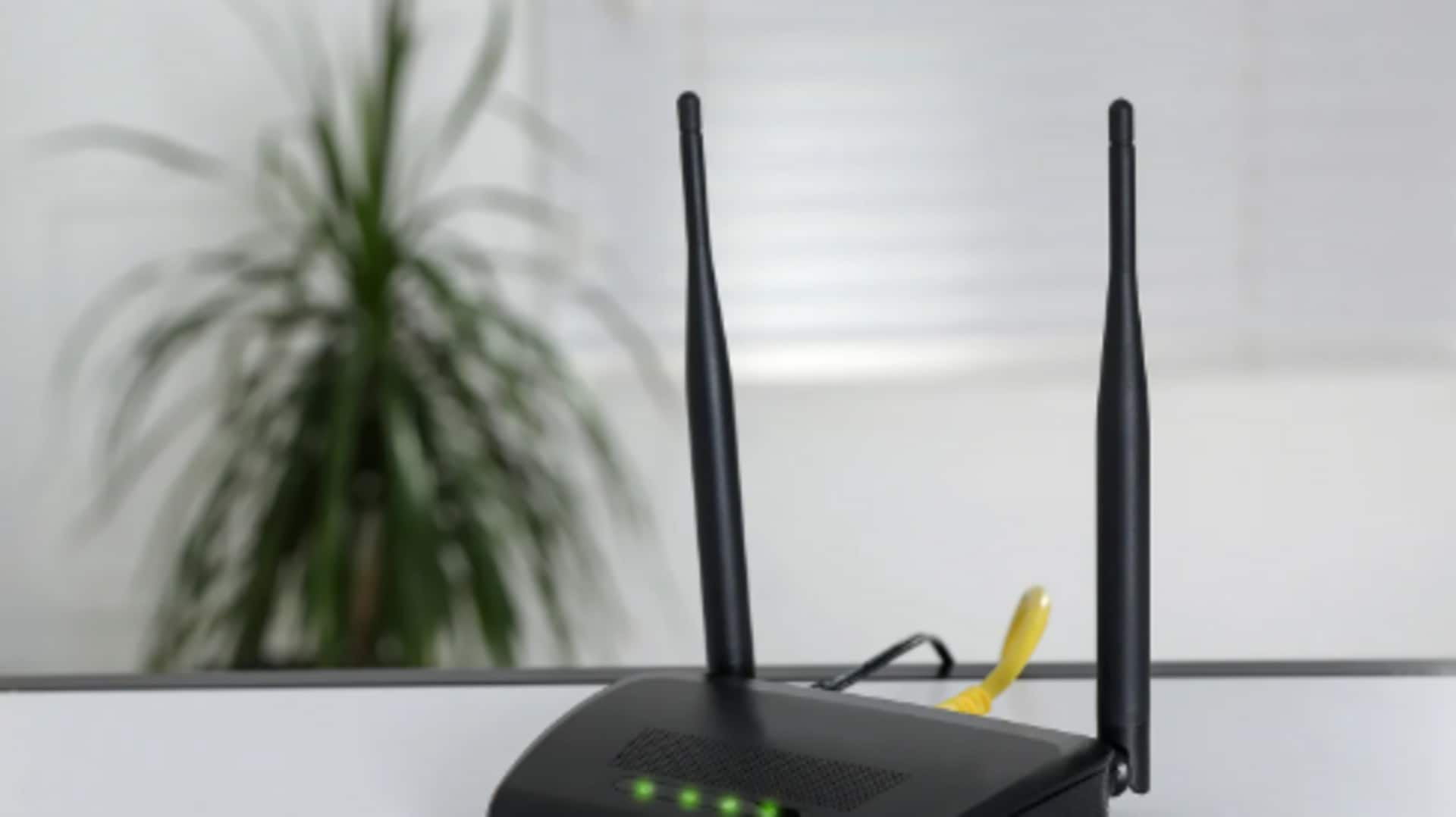
How to create uncrackable Wi-Fi passwords
What's the story
Securing your Wi-Fi network is critical to keep your personal data safe and protect your privacy. One of the best ways to ensure security is by employing unique password strategies. These can easily thwart the attempts of hackers and keep your network protected from potential dangers. Using some simple techniques, you can greatly enhance the security of your Wi-Fi without any advanced knowledge.
Complexity
Use long and complex passwords
Creating a long and complex password is among the best ways to secure your Wi-Fi network. Ideally, a strong password should be at least 12 characters long and contain a mix of upper case letters, lower case letters, numbers, and special symbols. Avoid easily guessable information, like birthdays or common words. The complexity makes it hard for hackers to crack your password through brute force attacks.
Frequency
Change password regularly
Regularly changing your Wi-Fi password gives you an additional layer of security. Ideally, you should update passwords every three to six months. This way, you can limit the time frame within which an unauthorized user can exploit access (if they've gotten hold of the password). Regular updates also help you keep track of who has access to your network.
Defaults
Avoid using default passwords
The default passwords of many routers make easy prey for hackers as they are readily available online. It is essential to change these default settings as soon as the router is installed to secure your network. Go for a unique password that doesn't look anything like the factory-set credentials provided by the manufacturer.
2FA
Implement two-factor authentication (2FA)
Two-factor authentication adds an extra step in verifying user identity before granting network access. This trick not only asks for the correct password but also another form of verification, like a code sent via text message or email. By implementing two-factor authentication, you can significantly reduce the risk of unauthorized access, even if someone ends up stealing your primary password.
Passphrases
Use passphrases instead of single words
Instead of single-word passwords, try using passphrases, that is, random words strung together to form a sentence-like structure. Passphrases are typically longer than regular passwords but more memorable for users. Yet, they remain hard for attackers to guess or crack using automated tools due to their length and unpredictability.